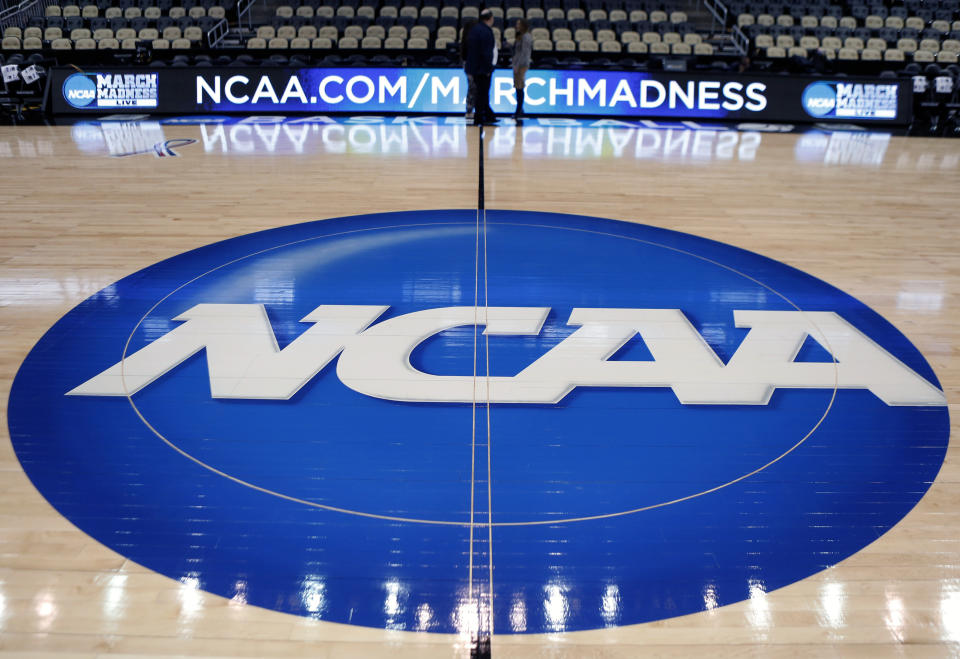Student-athletes no longer need permission from schools to transfer

Some long needed common sense has finally been added to the transfer process by the NCAA.
As expected, the NCAA’s Division I Council adopted a new rule Wednesday that will change the way transfers take place. Instead of a student-athlete asking for permission to transfer from his or her school, the student-athlete will now simply inform the school of his or her decision to transfer.
It removes the upper hand that schools have long held over student-athletes looking to transfer.
The NCAA will establish a national transfer database
The change, which formally goes into effect on Oct. 15, will require schools to enter a player’s name into a “national transfer database” after the school is informed of the athlete’s decision to transfer. The school must do so within two business days of being notified.
“Once the student-athlete’s name is in the database, other coaches are free to contact that individual,” the NCAA said.
Previously, the schools could limit the transfer choices for athletes
In years past, if a player wanted to leave a school, the school, if it granted the player permission to contact other schools, could place restrictions on the school the player speaks to. More often than not, it limited players from speaking to other schools in the same conference or on future schedules.
As the attitudes toward the rights of student-athletes continue to loosen, these rules followed suit. But it wasn’t until Tuesday’s announcement that the transfer dynamic truly changed.
From the NCAA’s release:
The previous transfer rule, which required student-athletes to get permission from their current school to contact another school before they can receive a scholarship after transfer, was intended to discourage coaches from recruiting student-athletes from other Division I schools. The rule change ends the controversial practice in which some coaches or administrators would prevent students from having contact with specific schools.
And with the new rule, the NCAA will be tougher on tampering:
Additionally, the proposal adds tampering with a current student-athlete at another school to the list of potential Level 2 violations, considered a significant breach of conduct.
Conferences will apparently be able to set their own rules
One line in the NCAA release seemed to contradict the the heart of the new rule change to an extent:
“Conferences, however, still can make rules that are more restrictive than the national rule.”
As we’ve seen in recent weeks with the SEC voting to allow inter-conference graduate transfers, the Power Five conferences can implement their own nuances to a national rule. As always, there will be an array of opinions on how the rule should be interpreted.
How the conferences proceed is anybody’s guess.
More changes could be on the way
The initial heart of this rule change when the Division I Transfer Working Group was assembled was to stop schools from controlling a student-athlete’s ability to receive financial aid at his or her transfer destination. That was an issue that came up for a now-former Kansas State football player last year who could not get a release from his scholarship from coach Bill Snyder.
Another financial element of the transfer process will be voted on by the conferences individually, the NCAA said:
Another financial aid element, autonomy legislation that governs when a school can reduce or cancel aid, may be adjusted next week by the autonomy conferences. Currently, a student’s notification of intent to transfer at the end of a term is not one of the listed reasons a school can use to cancel aid. The autonomy conferences will consider, by an electronic vote, two different proposals to allow schools to cancel the aid.
The Transfer Working Group will continue working through other transfer issues, “including rules surrounding postgraduate transfers” and “the possibility of uniform transfer rules.”


